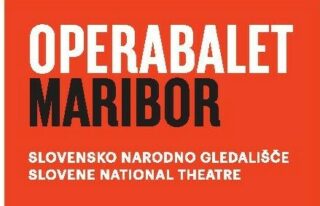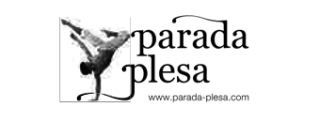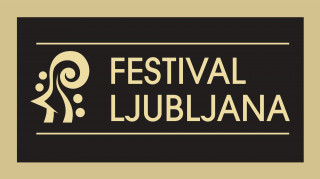Important information
Elisa Arnone, Alenka Ribič, Anton Bogov, assistant choreographers
Leo Kulaš, costume designer
Simona Toš, Suzana Rengeo, costume designer assistants
Matic Kašnik, set designer
Tomaž Premzl, lighting designer
Matjaž Marin, Iztok Smeh, stage managers
SNG Maribor Symphony Orchestra
SNG Maribor Opera Choir
Zsuzsa Budavari Novak, chorus master
Cast:
Zorba: Davide Buffone
John: Ionut Dinita
Marina: Tijuana Križman Hudernik
Madame Hortense: Evgeniia Koshkina
Yorgos: Mateo Magalotti
Turkish women: Branka Popovici, Monja Obrul, Tea Bajc, Mina Radaković, Beatrice Bartolomei, Nuša Urnaut, Mirjana Šrot
Women: Branka Popovici, Monja Obrul, Tea Bajc, Mina Radaković, Beatrice Bartolomei, Nuša Urnaut, Ema Perič, Mirjana Šrot, Metka Masten, Olesja Hartmann Marin, Hristina Stojčeva, Ines Uroševič, Satomi Netsu, Lana Druškovič, Adriana Cioata, Mihaela Matis, Cleopatra Purice, Ines Petek
Men: Sytze Jan Luske, Vadim Kuragaev, Lucio Mautone, Christopher Thompson, Maro Vranarič, Aleksandar Trenevski, Alexandru Pilca, Mircea Golescu, Vasily Kuzkin
Zorba the Greek is an international hit ballet that continues to delight audiences of all generations, above all for the passion of its lead characters, John and Zorba, and the ballet ensemble who bring the story to life. In terms of style, the work follows the logic of classical narrative ballet, taking its inspiration from the clear structure of Nikos Kazantzakis’ novel, while also drawing on the captivating rhythmic-melodic idiom of Greek music, as composed by Mikis Theodorakis. The latter is credited with popularising the supposedly authentic sirtaki dance, characterised by long, slow pulling moves and chain dancing. The new choreography by the renowned choreographer Lorca Massine, son of the legendary choreographer and ballet dancer Léonide Massine, was created for the new generation of the SNG Maribor Ballet ensemble, which is keen to enhance the production aesthetically and use all available means to do so. With its spiritual connection to Kazantzakis, the contemplative music of Theodorakis and the virtuoso expressiveness of Massine’s choreography, the ballet awakens not only a fascination with the picaresque beauty of Crete, but also a reflection on the meaning of life.
- the name Zorba derives from the Greek word Ζορμπάς (Zorbas), a man’s name that means “live each day with passion”
- Zorba’s dance (the sirtaki) became world-famous after it featured in the 1964 film Zorba the Greek, although its origins date back to Plato’s time, approximately 400 BC
- the screenplay for the film was written by Michael Cacoyannis, the recipient of five Oscar nominations, including Best Picture, Best Director and Best Adapted Screenplay nods for Zorba the Greek
- the ballet adaptation of Zorba the Greek, in two acts and 22 scenes, received its world premiere at the Verona Arena on 6 August 1988. It has since been performed in more than 35 countries and seen by a total audience of more than three million
- Lorca Massine has choreographed more than 50 ballets and musical works and is also known for bringing works choreographed by his father to the contemporary stage; in 2005 three ballets by Léonide Massine became part of the repertoire of the Bolshoi Ballet





